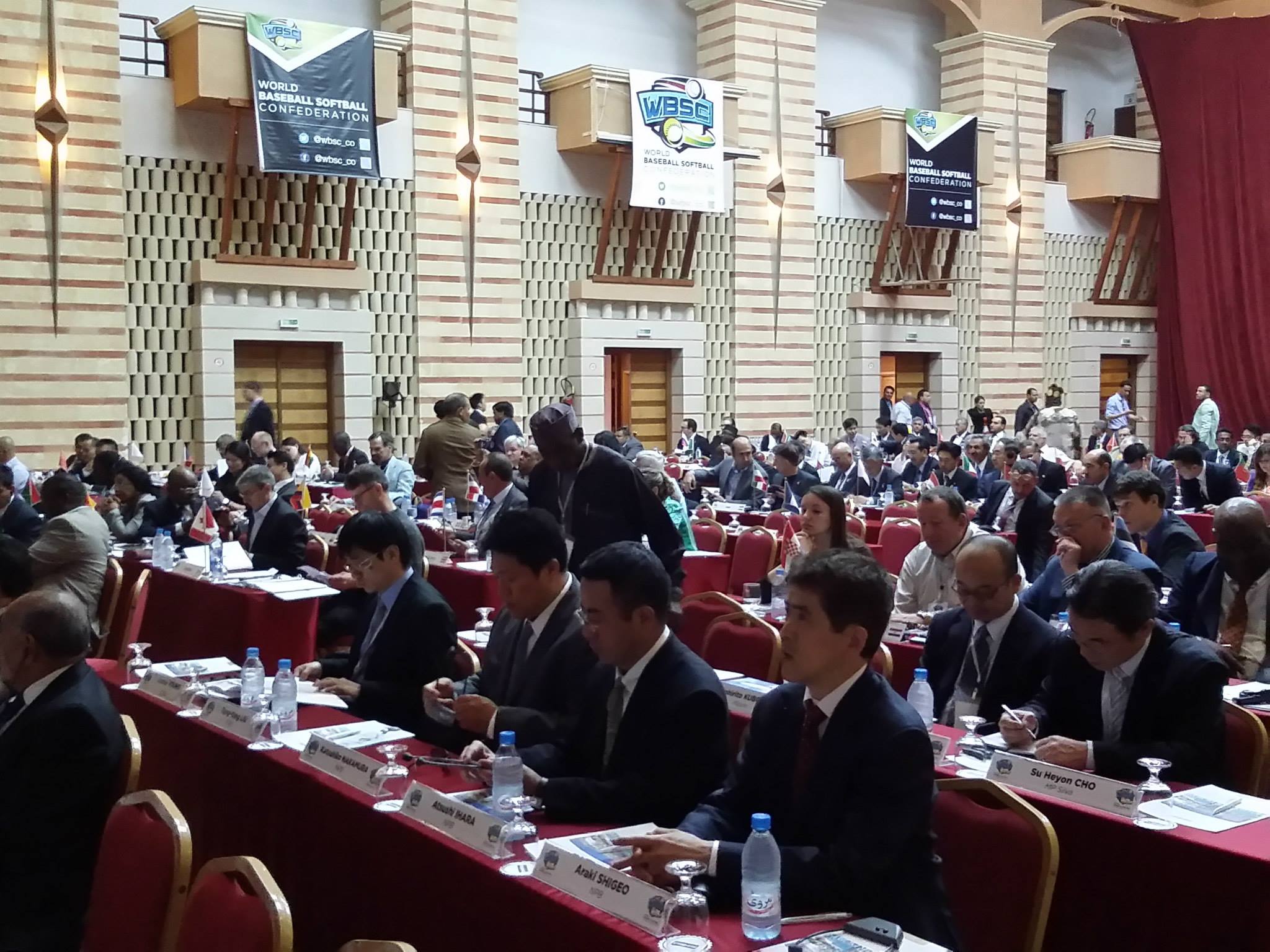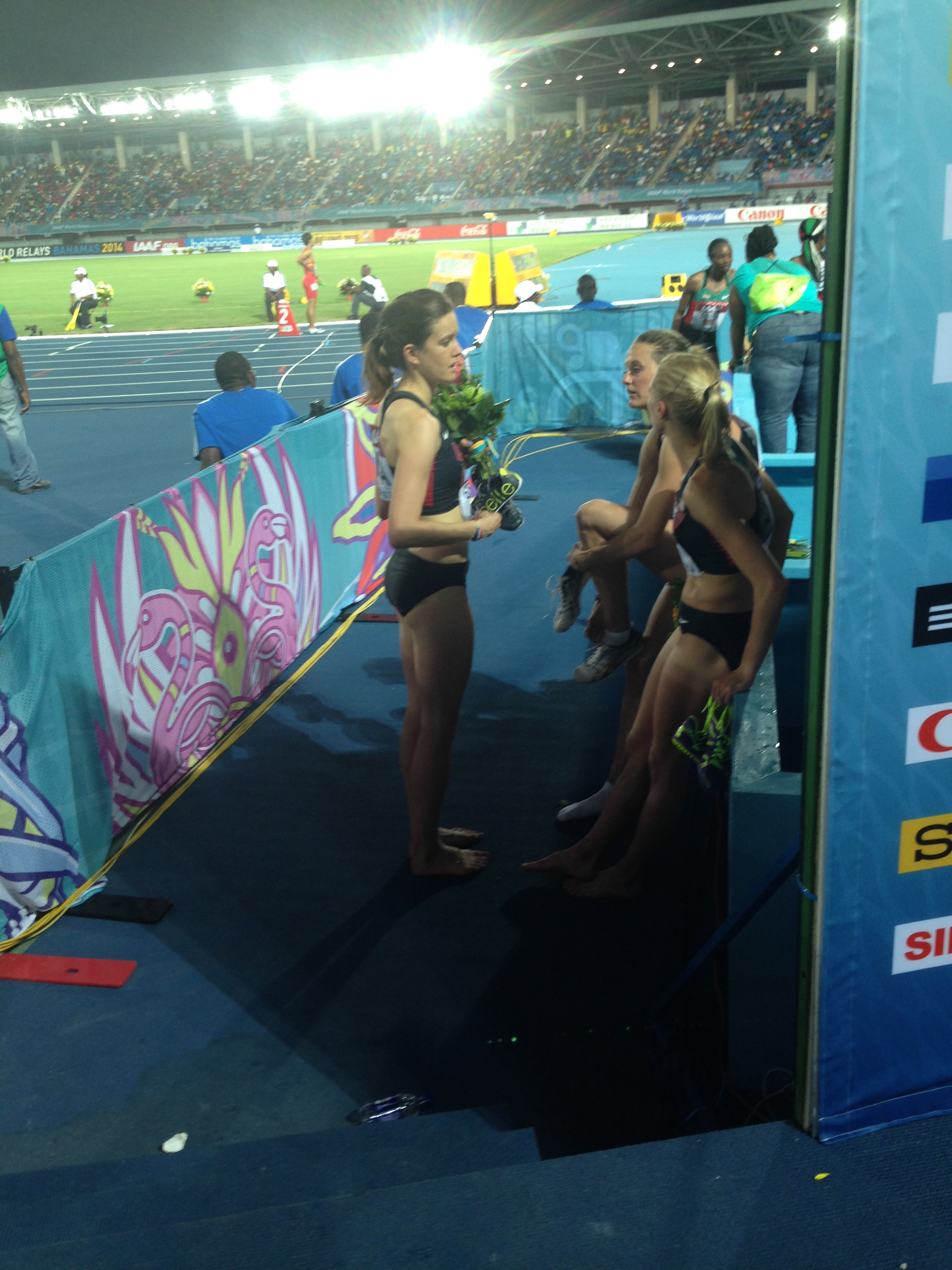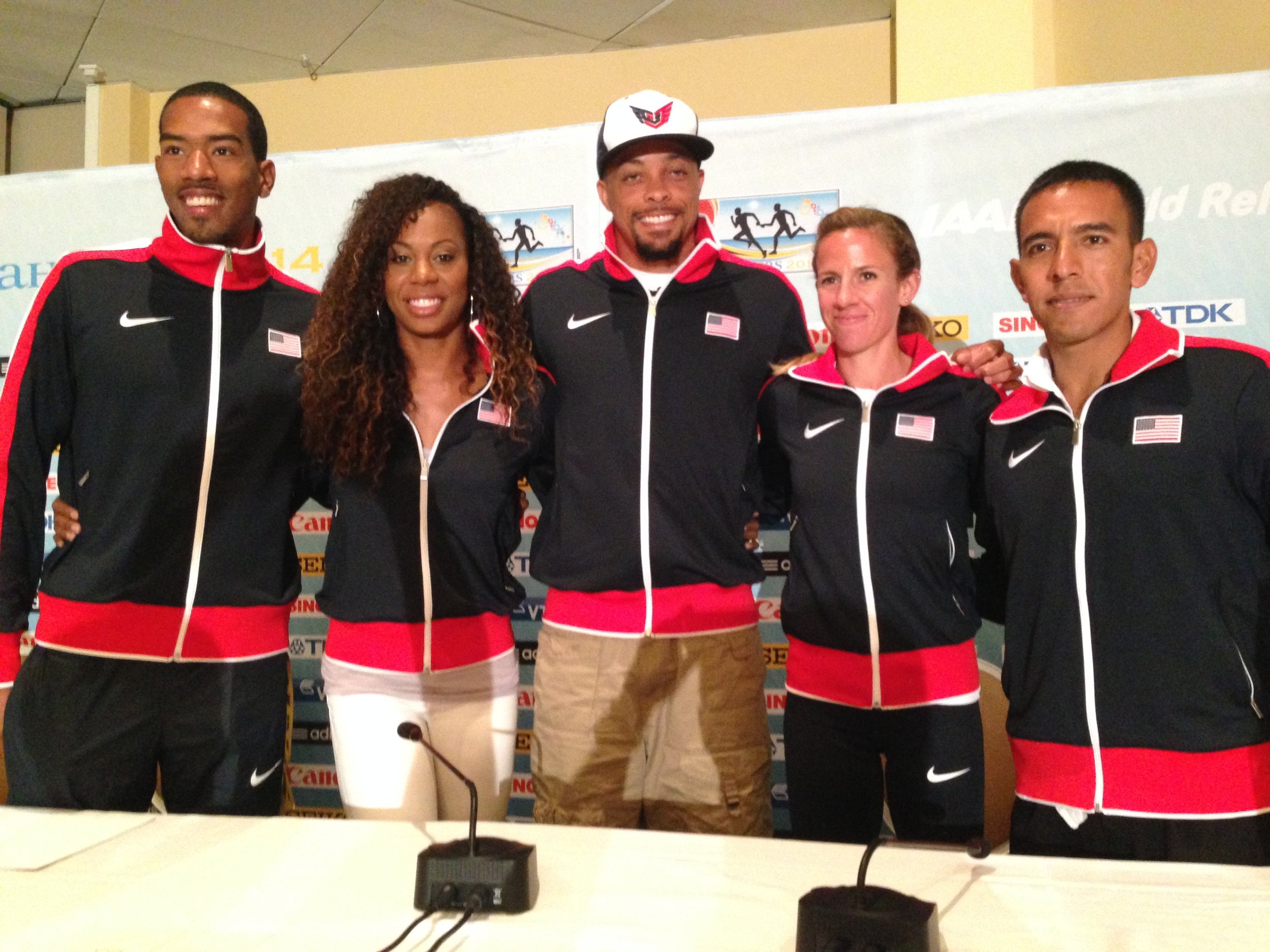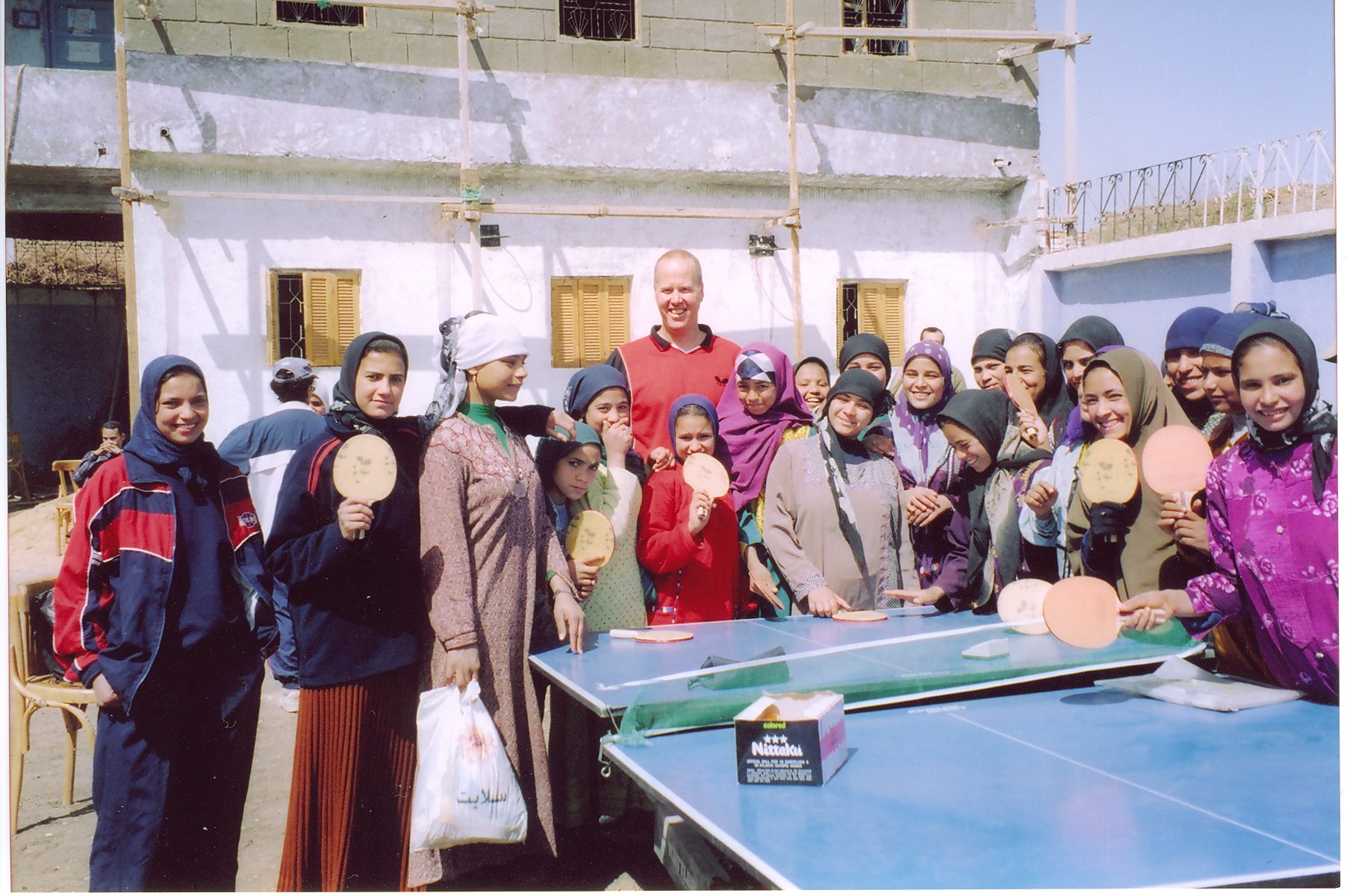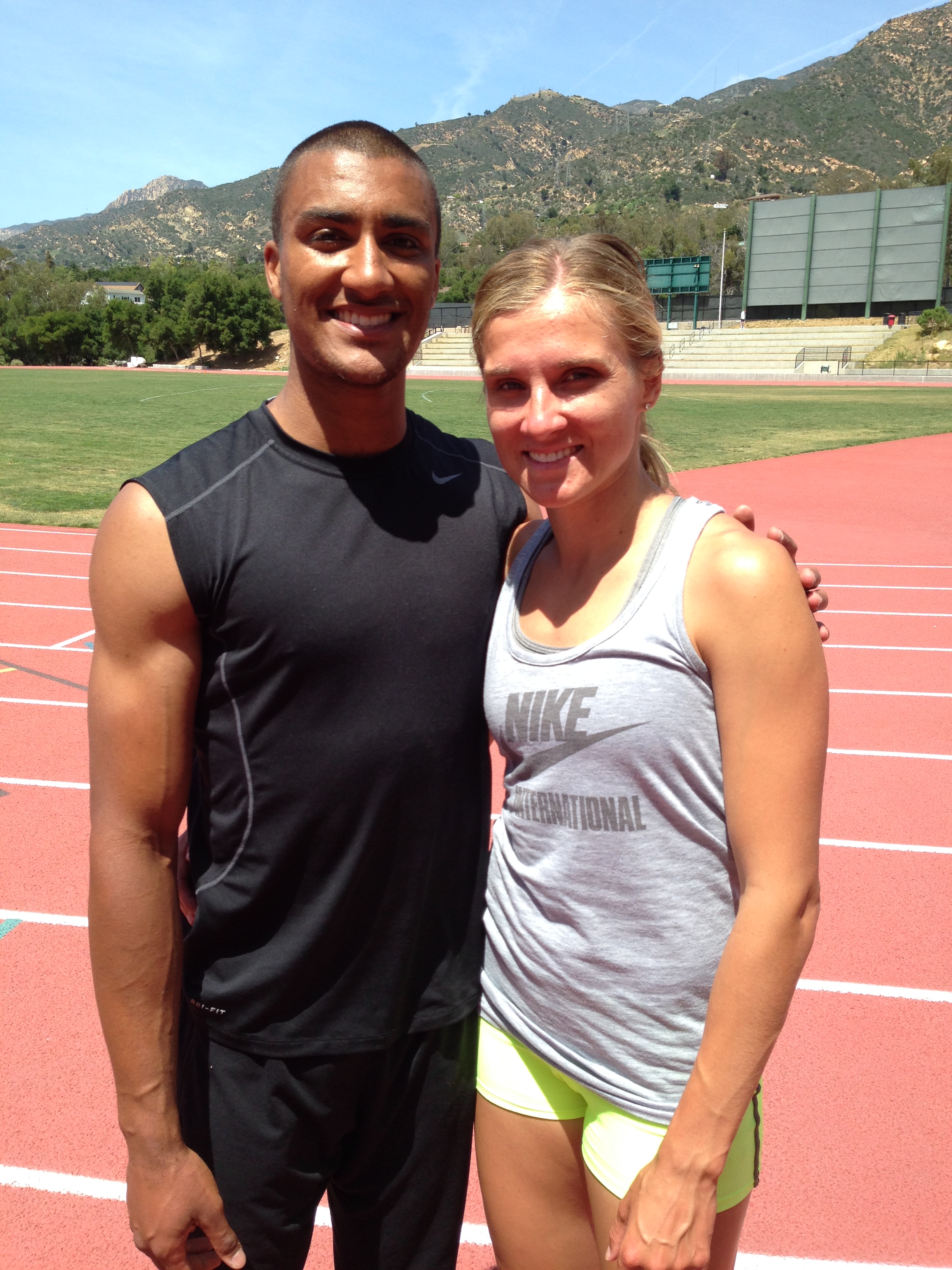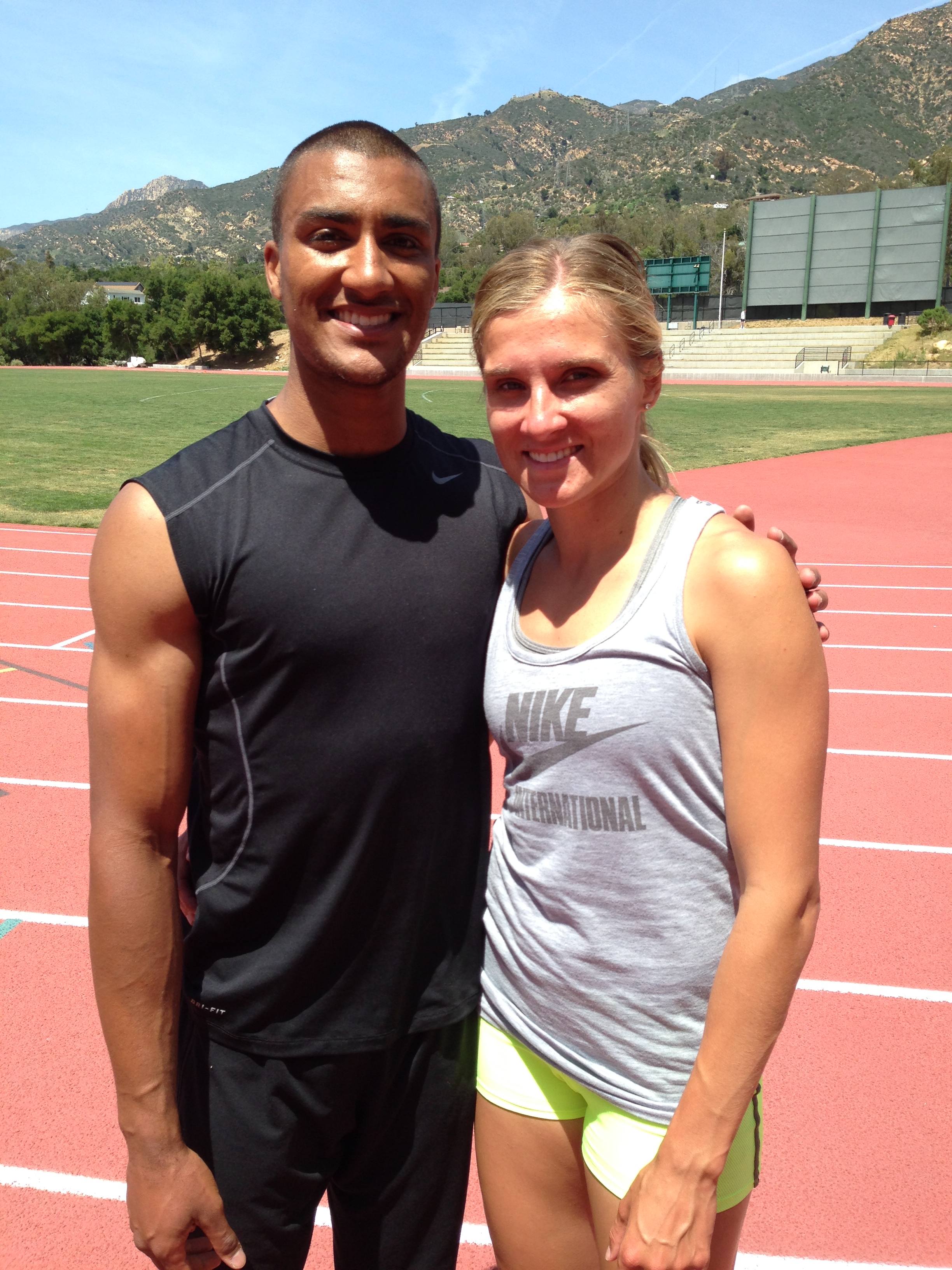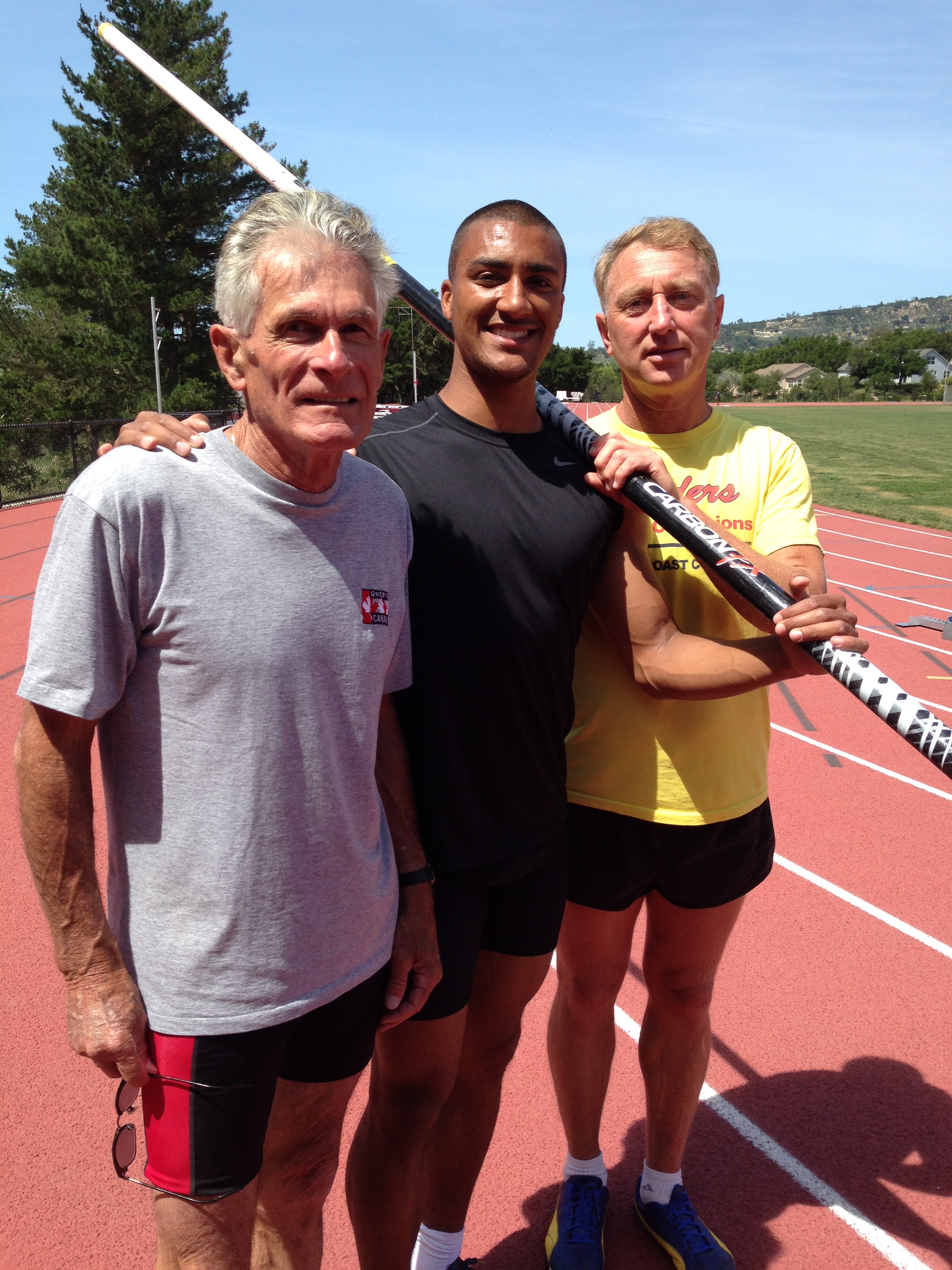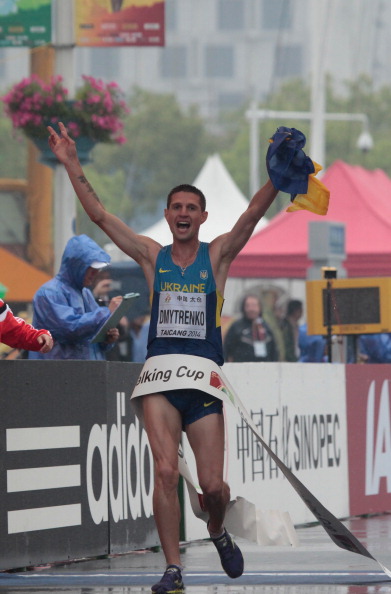Set against the backdrop of International Olympic Committee president Thomas Bach's extensive comments the day before, the U.S. Olympic Committee met Tuesday in Boston as part of its ongoing deliberations regarding the 2024 bid race — and what he had to say, for anyone paying close attention, surely and logically would be shaping the USOC’s direction, if and when it opts to jump in to the 2024 campaign. 1932, 1984 — can you say 2024?
"We need to change philosophy,'' Bach said Monday in Rome. "In the past we needed to build many stadiums with huge capacity and with so many technical procedures to respect.
"At the time maybe it was right but it doesn't respond to today's demands. We have to think about how the Games could enter into the social fabric of the host country. We have to be more flexible, starting with the program, and understand how to best manage costs.''
To be clear:
The USOC did not, after its board of directors meeting Tuesday, disclose any cities it is or is not considering. Board chairman Larry Probst said only that the USOC would be communicating now with a “smaller” group of “fantastic” cities.
In the 24/7 news cycle in which we all swim, it’s only natural that everyone wants to know — now! — what is what. The instant pace of the internet has conditioned more and more of us to expect immediacy.
Reality check:
That is not this process. The USOC is taking its own sweet time because, frankly, it can.
The IOC is, as Probst made clear Tuesday, still working through the work of Bach’s “Agenda 2020” review and potentially wide-ranging reform process. Probst, for instance, speaking at a recent Sports Business Journal conference, had suggested that perhaps the IOC executive board - rather than the full membership — might decide which bid cities ought to get the Games. Probst is a new IOC member as well and that comment had generated some headlines. Upon further reflection, he said Tuesday, maybe the board could winnow a list of x number of cities to two, and the members could then decide between those two.
“These are all things that are just ideas at this point, things for the working groups to consider,” he stressed, adding that all of his remarks on these points ought to be taken “in the spirit of being a little more efficient and cost-effective than we” — meaning the IOC membership — “may have been in the past, and I think that’s something the entire membership is looking to do.”
For its own part, the USOC is -- as ever -- also involved in any number of issues.
— In a bid to investigate and resolve allegations of sexual abuse in Olympic sports, it announced Tuesday the launch of a potentially far-reaching “safe-sport” project, to be launched at the start of 2015. To get the initiative underway, the USOC board committed to spend $5.2 million over the next five years and have the the governing bodies of Olympic sports combine to match that amount. The USOC also said it would seek another $10 to $15 million from elsewhere.
USOC chief executive Scott Blackmun said, "There's a widespread recognition over the Olympic movement that we need to shine more light on this problem," adding a moment later, "We believe this is important for someone to step up and take a leading role. There was a vacuum there. We needed to fill that vacuum. But the issue is important enough that we shouldn't be the sole funders of the initiative. We need to look for like-minded organizations.''
— It is exploring what, if anything, to do about potential changes in American college sports. Roughly four of five medals won by the U.S. team at the London 2012 Games came from athletes who were in college or took part in college sports. As Probst and Blackmun pointed out, college track, swimming, gymnastics and wrestling programs are at the core of the American Olympic program. The NCAA, though, now finds itself under attack from a variety of different directions. What happens if the landscape as it has existed for generations suddenly shifts?
As for 2024, Bach was in Rome Monday to tout the possibility of a bid. He said Rome could be a “very strong candidate,” declaring, “Italy is a country with a great passion for sport and great athletes and is efficient in hospitality and organization.”
These sorts of comments are to be expected. It’s the IOC president’s job to talk up as many cities as expected.
Glossed over Monday, of course, was that Rome, which staged the 1960 Games, pulled out of the running for 2020. Why? Too expensive.
The current Italian government has made no decision on 2024.
The list of potential 2024 bidders is widely thought to include, among others, Paris; Berlin or Hamburg, Germany; and Doha, Qatar.
Another check-in on some more reality points:
The IOC and NBC recently signed a $7.75 billion deal to televise the Olympic Games in the United States through 2032. The revenue-sharing issues that shadowed the relationship between the USOC and IOC are done. Jacques Rogge is no longer the IOC president. Probst, as an IOC member, is in position to carry some influence.
At some juncture, the Games are going back to the United States. The question is — when?
The IOC will not select the 2024 site until 2017. That means, logically enough, that any number of variables could yet come into play.
The USOC, if it opts in to the 2024 campaign, likely will not do so until after the IOC’s all-members session in December in Monaco, at or after the conclusion of that Agenda 2020 assembly, and if you think about it, that just makes sense: how is the USOC supposed to know until then what the bidding rules are going to be?
For all that, it is abundantly obvious that the list of any potential U.S. bid cities, which might include, say, Boston, would now seem to start, first and foremost, with Los Angeles.
Sochi 2014 cost $51 billion. Beijing 2008 cost $40 billion. Rio 2016 is now on track to cost at least $17 billion, and for sure that figure is going to go up. London 2012 cost $14 billion. Tokyo is now re-doing its extensive 2020 stadium plan amid cost concerns.
The 2022 Winter Games bid dynamic has already been shaped by a number of western European cities issuing sharp no thank-you’s to the IOC — among them, Stockholm, Munich and, most recently, Krakow, Poland. It remains entirely unclear whether Oslo will ultimately stay in the race.
The IOC will pick the 2022 site in July, 2015.
In LA, meanwhile, comparatively little needs to be built because the city staged the 1932 and 1984 Games.
LA, as due diligence over the past several months has made plain, has overwhelming local and regional political support, including the enthusiastic backing of a new mayor, Eric Garcetti, who is both fluent in Spanish and such a huge Olympics fan that he keeps a 1984 torch in his office.
LA is, and this must be understood, seen as electable by key IOC factions.
In the press, there will be a lot of speculation over the next few weeks and months over this and that relating to 2024. Whatever. The USOC learned from Chicago 2016 and New York 2012 that conducting a very public campaign costs more money and, as Blackmun said Tuesday, creates added political risk.
Risk is the very thing the USOC is, as it weighs 2024, seeking to avoid.
Even as, ultimately, it undertakes -- if and when --- to create excitement around an American bid.
The knock on LA is easy. 1932. 1984. Again?
London answered that knock. 1908. 1948. 2012.
Plus, 1984 to 2024 is 40 years. That's plenty long enough.
When you can beat a low-cost effort that boasts potent political support with world-class beaches, the surfer-dude lifestyle copied the world over, awesome weather, Disneyland, an iconic already-there stadium with the Olympic rings on the famed peristyle end, a super-hipster downtown that is home to an under-construction 73-story building (tallest west of the Mississippi River) and, oh, the chance to run into the likes of Kim and Kanye on Rodeo Drive — have your people call my people, OK?



